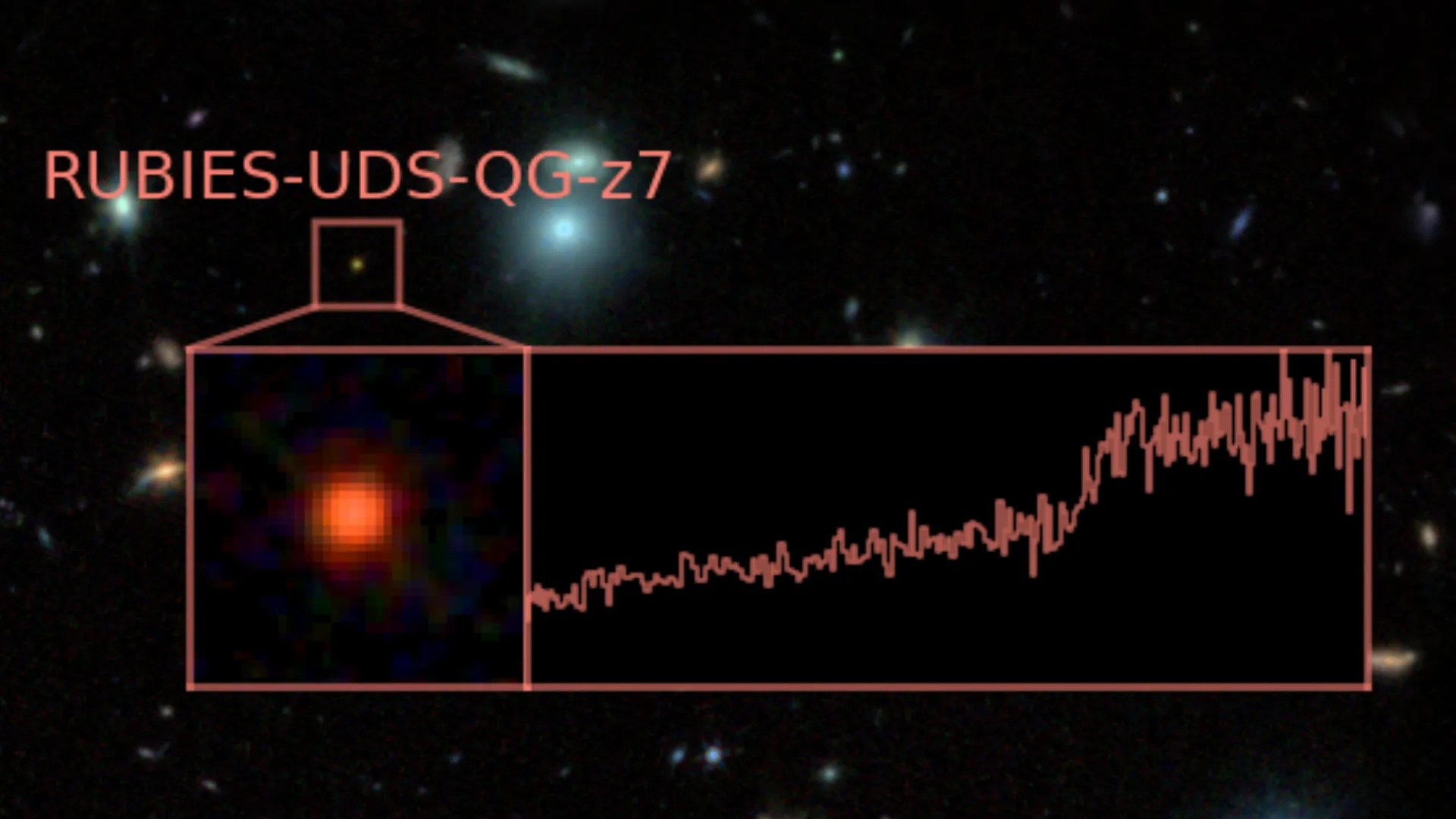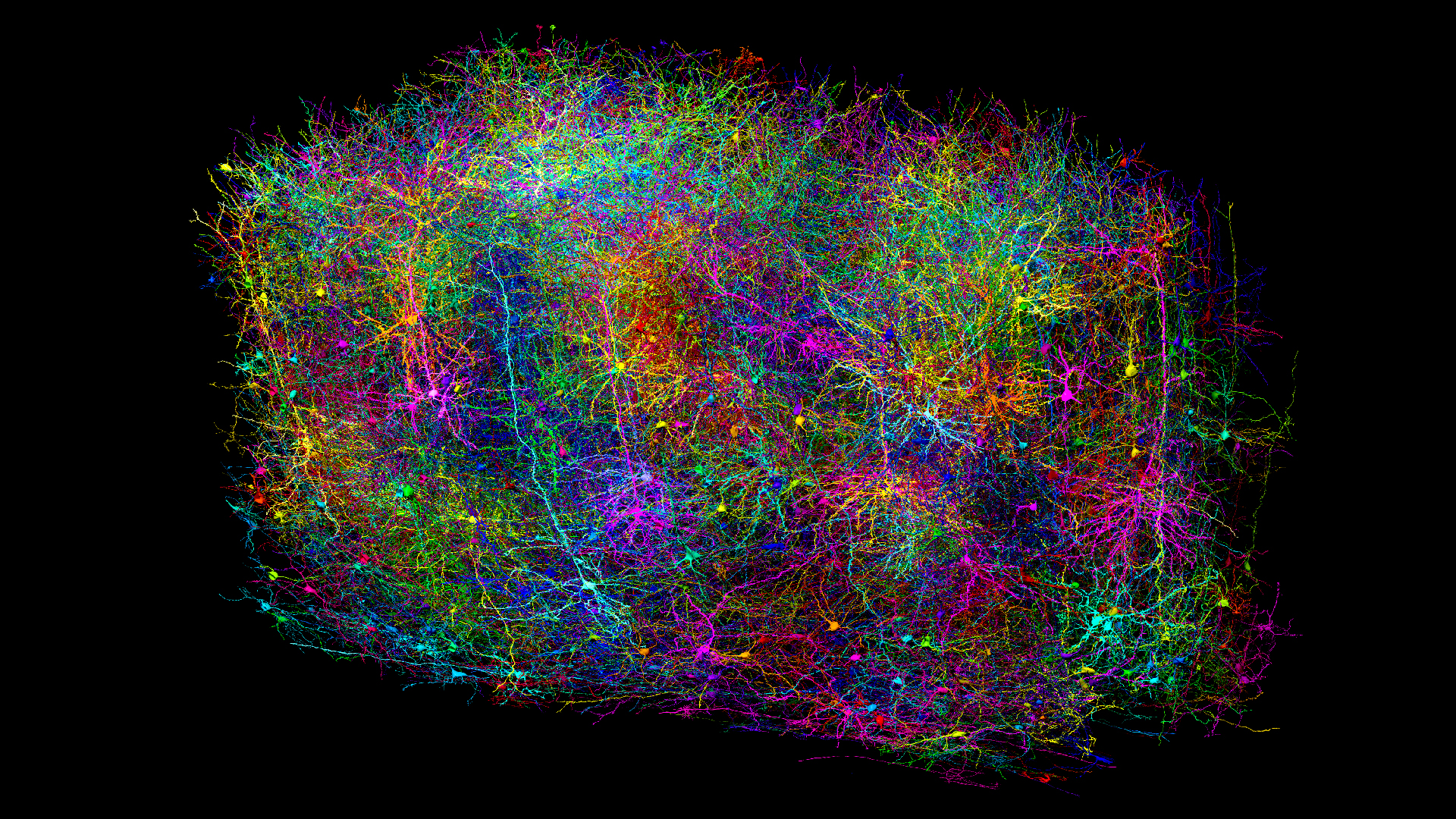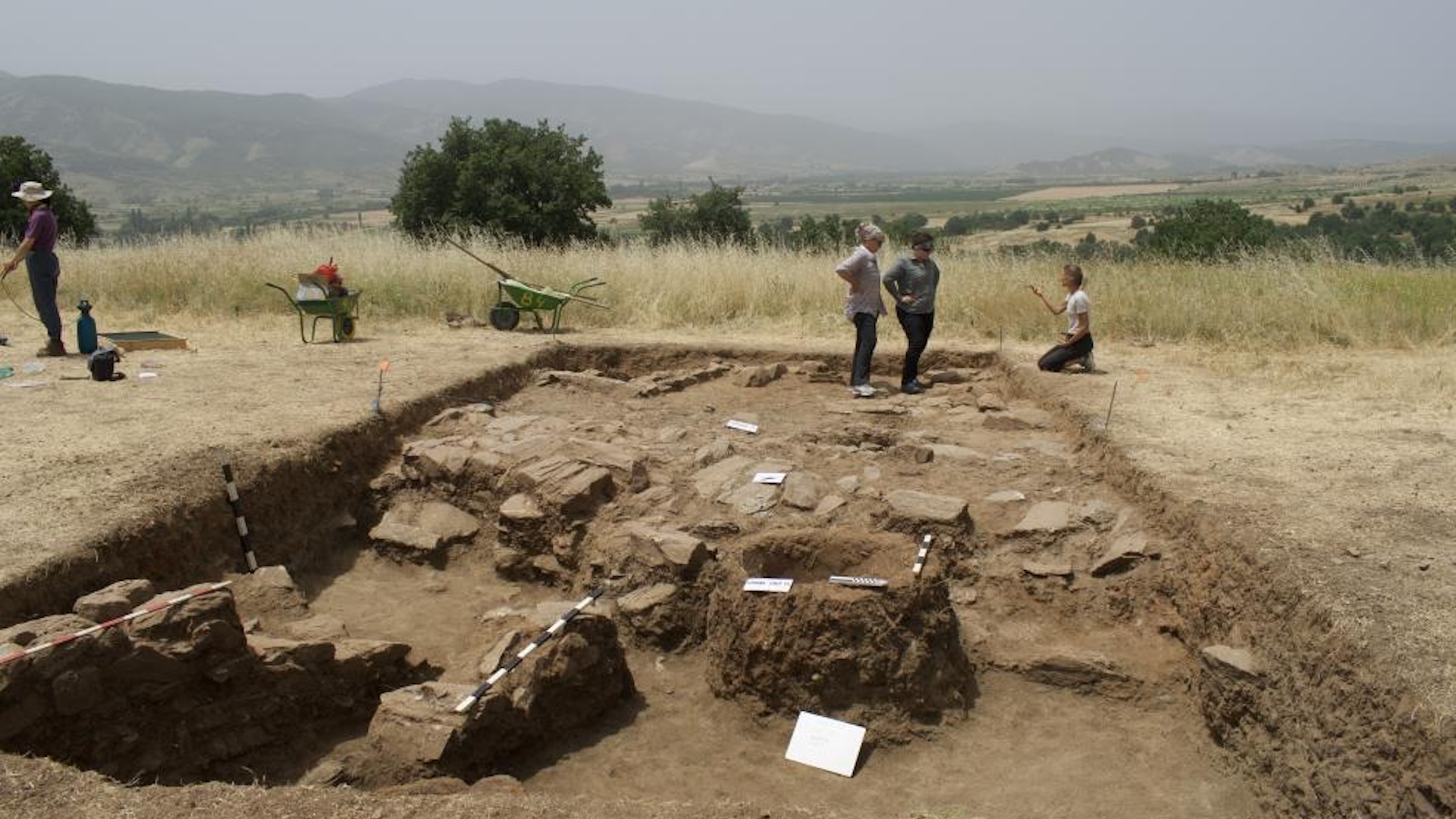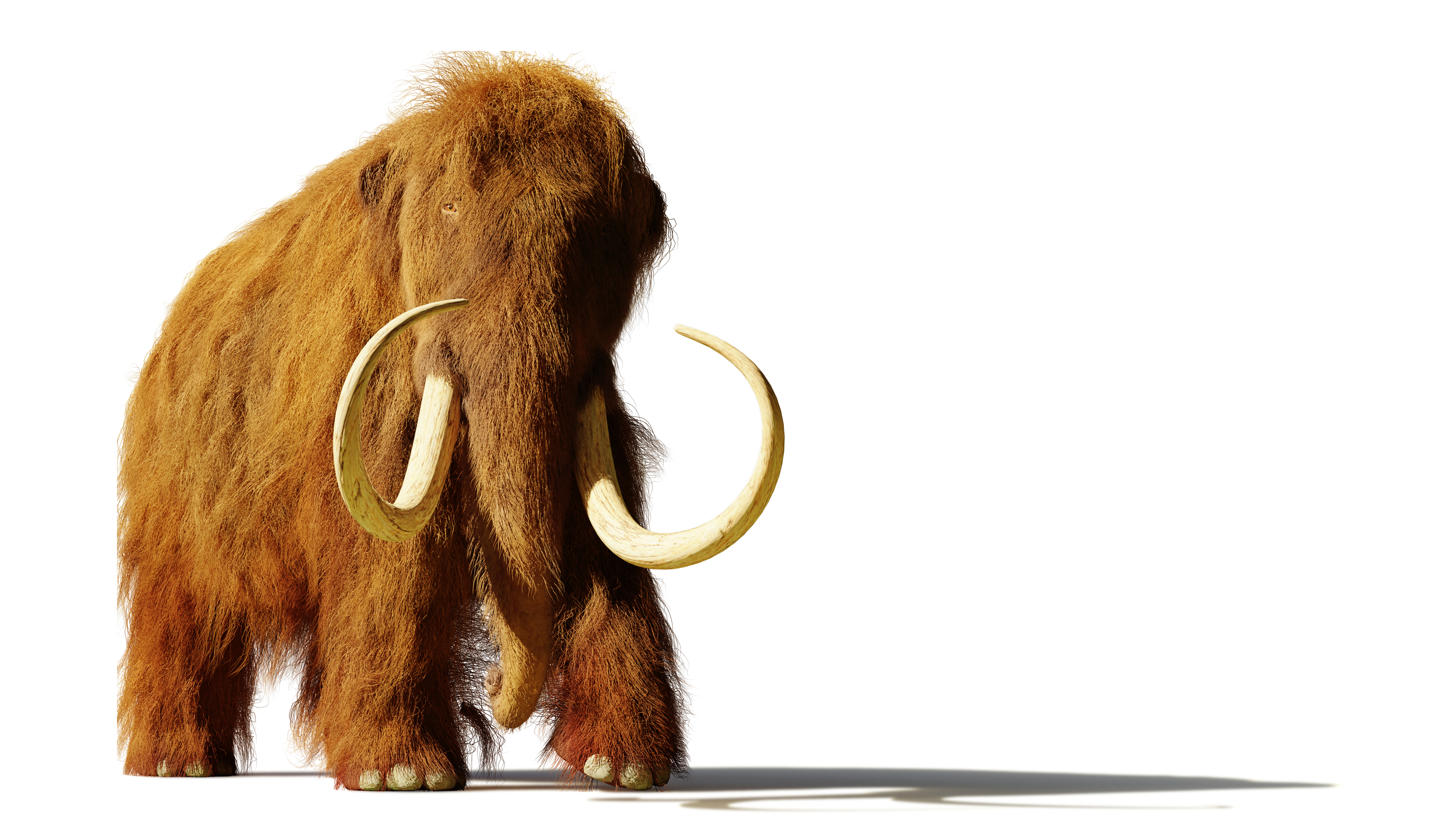'Speech gene' seen only in modern humans may have helped us evolve to talk
A specific gene variant seen in people is likely one of many that contributed to the development of language in modern humans, scientists say. And it changes how mice squeak.

Scientists have identified a gene that may have played a role in the emergence of spoken language in modern humans, or Homo sapiens.
The gene, called NOVA1, carries instructions for a protein that plays a crucial role in brain development by binding to and regulating genetic material called RNA in neurons. Among other functions, RNA acts as an intermediary to relay blueprints from the genome to protein-construction sites inside cells. Although other mammals also have the NOVA1 gene, modern humans carry a special version in which one building block of the resulting protein is swapped with another. Specifically, a compound called isoleucine is replaced with valine.
Certain mutations in NOVA1 have been linked to developmental delays, including issues with spoken language, as well as to movement difficulties in humans. For instance, particular mutations in NOVA1 are known to trigger a neurological, autoimmune disorder called paraneoplastic opsoclonus-myoclonus ataxia, which causes patients to experience drastic motor dysfunction.
Now, researchers have shed new light on the link between NOVA1 and language, suggesting that the gene may have helped spoken language emerge during modern-human evolution.
Related: New self-powered throat patch could help people speak without vocal cords
In a new study, published Tuesday (Feb. 18) in the journal Nature Communications, researchers used CRISPR gene editing to tweak the genomes of mice so they possessed the human version of NOVA1. Then, they examined which RNA molecules the human NOVA1 protein bound to in the mouse brain. They compared this to the mouse version of NOVA1 in mice that hadn't been genetically modified.
Human and mouse NOVA1 appeared to bind to some of the same RNA sequences — namely, those involved in regulating brain development and movement control. However, the same couldn't be said for RNAs that help to control vocalizations.
Sign up for the Live Science daily newsletter now
Get the world’s most fascinating discoveries delivered straight to your inbox.
Furthermore, in additional experiments, the researchers found that the human version of NOVA1 seemed to change the frequency, pitch and musicality of squeaks made by baby mice. The human gene variant also influenced the melody and articulation of mating calls made by adult male mice to female mice, compared with the "typical" calls made by unmodified mice. (The modified mice did not start speaking like tiny humans at any point.)
Taken together, these findings provide further evidence for the role of NOVA1 in vocalization. But what could this tell us about how spoken language first appeared in H. sapiens?
To answer this question, the researchers analyzed eight genomes from living people as well as four genomes from our ancient human relatives, the Neanderthals and Denisovans. It turns out that neither of those relatives carried the same version of NOVA1 that we do, confirming earlier research conducted by other scientists.
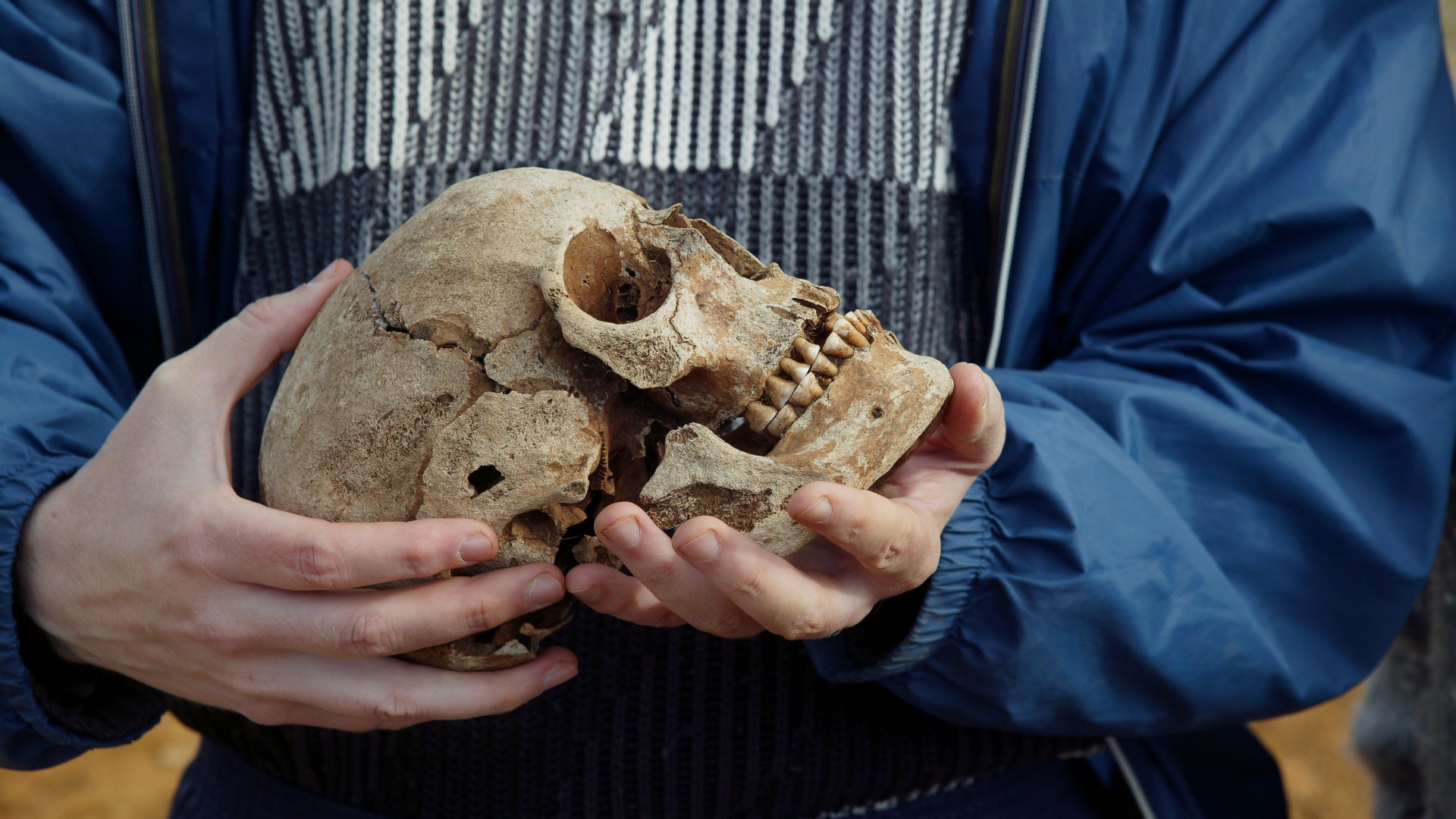
This finding suggests that the building-block swap in NOVA1 may have benefited H. sapiens by somehow enabling spoken language, and therefore, the trait would have been selected for over evolutionary time because it aided survival. As such, it increased in frequency within the population. Indeed, in the same study, the researchers looked at 650,000 modern human genomes in a database and found that all but six carried the human NOVA1 variant.
Despite these findings, the researchers cautioned against concluding that they've identified a single "human language gene." It's likely that, in addition to NOVA1, other genes helped modern humans begin speaking.
This is especially important to note because another potential human language gene, called FOXP2, was discovered in the early 2000s and people may have "jumped the gun" in calling it such, said study co-author Dr. Robert Darnell, a professor of molecular neuro-oncology at The Rockefeller University in New York.
Mutations in FOXP2 are known to cause speech and language problems, so scientists linked it back to human language broadly. However, later research revealed that the gene isn't specific to modern humans; the Neanderthals and Denisovans also possessed it, Darnell told Live Science.
"We think it's hard science that NOVA[1] has an entirely human-specific variant that no other species we know of ever had," Darnell said, "and we can correlate that variant with changes in vocalization and language." Nonetheless, there are likely many genes, including FOXP2, that may be involved in language development in modern humans, he added.
Further research is now needed to understand more about NOVA1's role in human language and developmental disorders, Darnell said. Future work could also be aimed at elucidating which part of the human brain the protein binds to and how that binding actually leads to the production of sounds.

Emily is a health news writer based in London, United Kingdom. She holds a bachelor's degree in biology from Durham University and a master's degree in clinical and therapeutic neuroscience from Oxford University. She has worked in science communication, medical writing and as a local news reporter while undertaking NCTJ journalism training with News Associates. In 2018, she was named one of MHP Communications' 30 journalists to watch under 30. (emily.cooke@futurenet.com)
You must confirm your public display name before commenting
Please logout and then login again, you will then be prompted to enter your display name.


